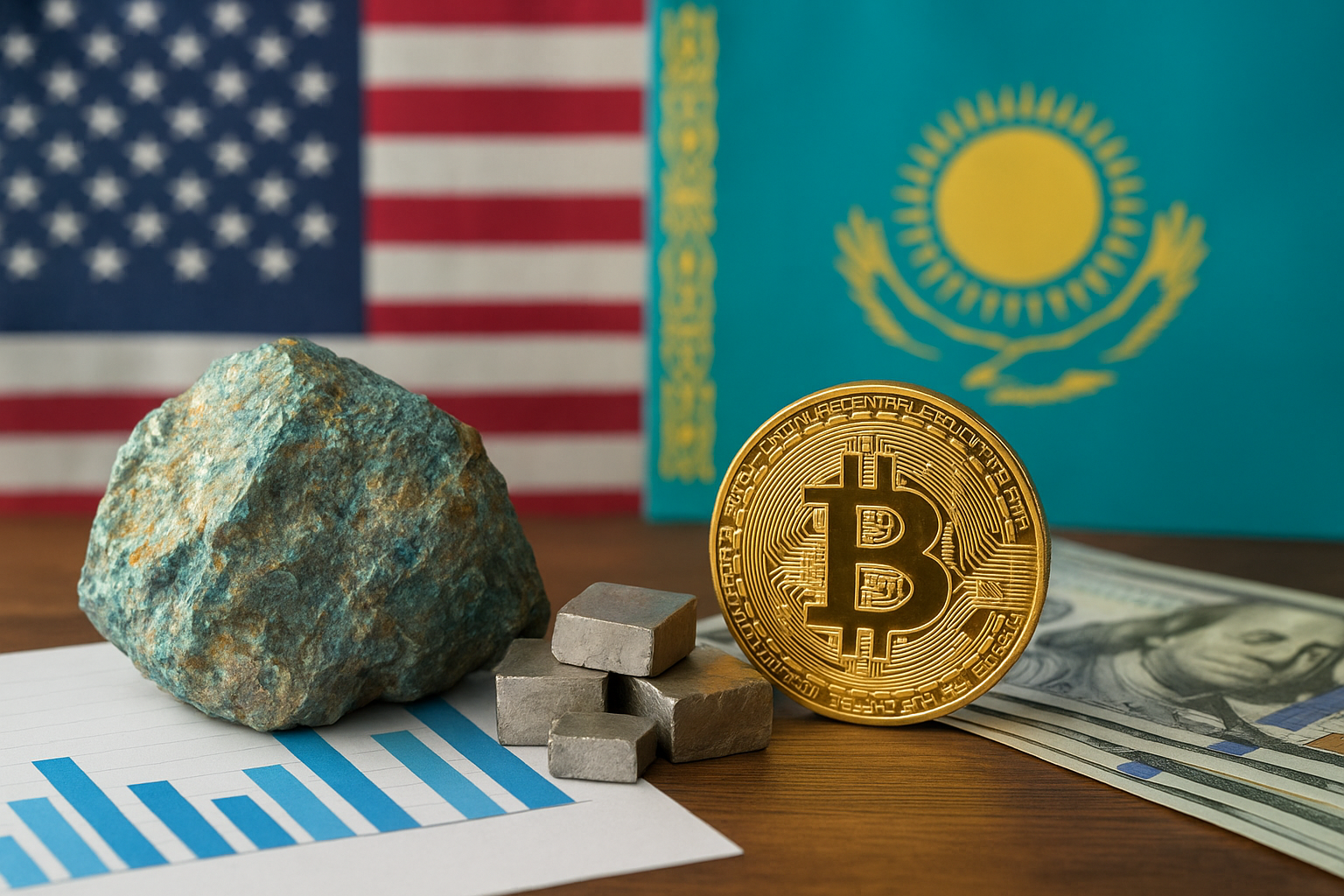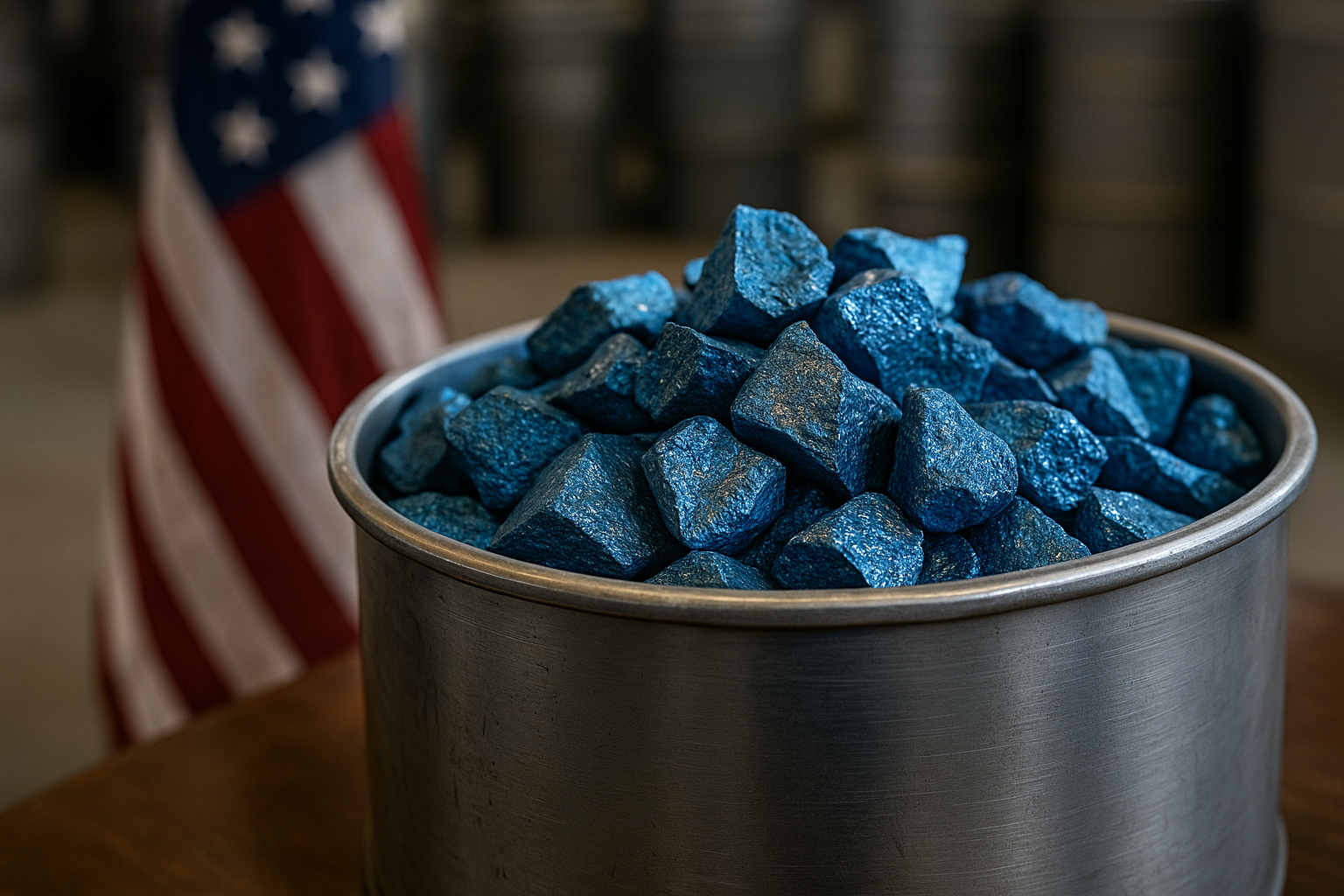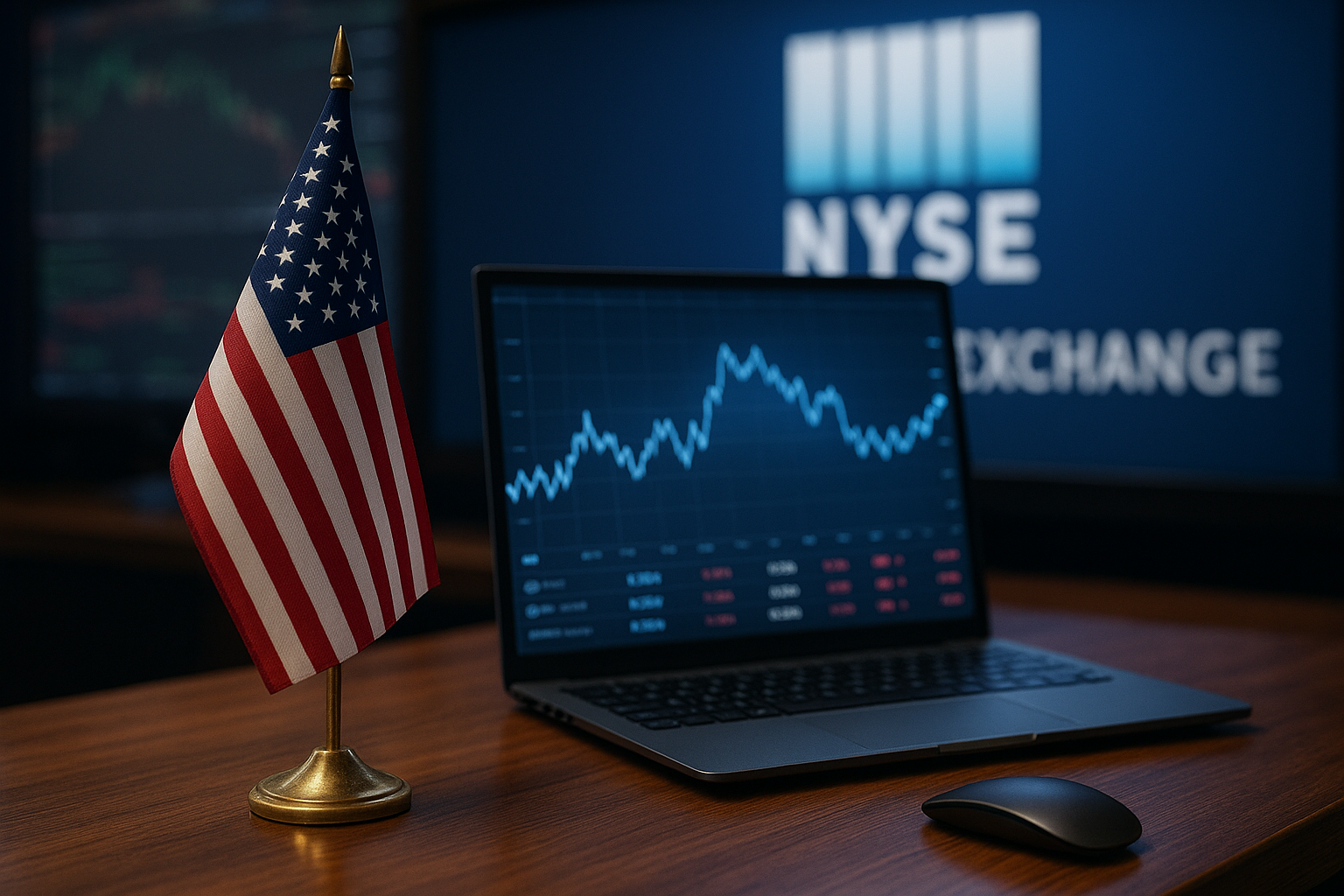The global race for control over critical minerals has entered a new phase — one driven not just by market demand, but by geopolitics. This week, the Trump administration hosted leaders from five Central Asian nations—Kazakhstan, Uzbekistan, Turkmenistan, Kyrgyzstan, and Tajikistan—in Washington, D.C., marking a renewed U.S. effort to secure vital mineral supply chains and reduce dependence on China.
As global demand for rare earths, lithium, copper, and nickel accelerates amid the clean-energy transition and defense modernization, Washington’s latest diplomatic outreach signals that critical minerals are now strategic assets—as vital as oil once was.
A Strategic Pivot Toward “Friendly” Supply Chains
According to a report via AP and TaxTMI (Nov 7), the meetings were part of a broader initiative to promote “economic resilience” through partnerships in mining, refining, and infrastructure development. The U.S. has been intensifying efforts to onshore or ally-shore key inputs for electric vehicles (EVs), defense systems, and semiconductor manufacturing — sectors heavily exposed to supply disruptions from China’s dominance in mineral refining.
Over 70% of global rare earth refining capacity and 60% of lithium processing are currently controlled by Chinese entities, according to BloombergNEF. Central Asia, rich in uranium, copper, and rare earth elements, offers a strategic alternative that aligns with Washington’s broader decoupling and security objectives.
“The United States views Central Asia as an essential partner in diversifying global mineral supply,” said a senior official from the U.S. Department of Commerce, emphasizing plans to facilitate investment in mining infrastructure and processing capacity across the region.
Why This Matters for Investors
For investors, this development underscores one of the most enduring and actionable macro themes of the decade: the reindustrialization of supply chains. Critical minerals are no longer a niche commodity play—they are core inputs in AI hardware, EV batteries, defense electronics, and renewable energy systems.
The renewed U.S.-Central Asia engagement strengthens the case for investments in:
- North American and allied-jurisdiction miners producing lithium, copper, nickel, and rare earths.
- Processing and refining companies that can bridge the gap between raw mineral extraction and advanced material production.
- Infrastructure enablers, including logistics, rail, and port operators supporting the flow of minerals to Western markets.
Companies such as MP Materials (NYSE: MP), Lithium Americas (NYSE: LAC), and First Quantum Minerals (TSX: FM) stand to benefit from rising Western demand for non-Chinese mineral sources. Moreover, ETFs like the Global X Lithium & Battery Tech ETF (LIT) and VanEck Rare Earth/Strategic Metals ETF (REMX) offer diversified exposure to the theme.
The Geopolitical Edge
Geopolitically, the meeting reflects a realignment of influence in Eurasia. For years, China’s Belt and Road Initiative (BRI) cemented its economic dominance in Central Asia through infrastructure and energy investments. Now, Washington aims to counterbalance that influence with strategic economic diplomacy focused on resource access and technological partnerships.
Analysts from McKinsey & Co. note that mineral independence has become a pillar of national security for the U.S. and its allies, comparable to semiconductor sovereignty. The Central Asian pivot serves two purposes: securing future mineral flows and reducing global price volatility driven by Chinese export restrictions — such as Beijing’s recent curbs on gallium and germanium.
In parallel, the U.S. Department of Energy’s Critical Materials Strategy (2025) projects that demand for key minerals will triple by 2035, driven by electrification and AI data center construction. Ensuring access to reliable sources is therefore critical to sustaining America’s industrial competitiveness.
Future Trends to Watch
- Allied Supply Chain Networks: Expect deeper trilateral partnerships among the U.S., Japan, and Central Asian nations to co-develop mining infrastructure.
- Domestic Processing Expansion: Look for increased U.S. investment incentives for refining and recycling facilities to reduce reliance on imported materials.
- Defense and Energy Integration: Critical minerals will increasingly underpin dual-use supply chains—serving both the clean-energy transition and defense modernization.
- Emerging Market Equities: Central Asian equity markets, long overlooked, may see capital inflows as Western investment accelerates in resource projects.
Key Investment Insight
The emerging “critical minerals diplomacy” underscores a multi-decade structural opportunity for investors positioned in strategic materials. With governments now treating copper, lithium, and rare earths as security assets, market cycles will increasingly be policy-driven rather than purely demand-driven.
Investors should focus on:
- Low-political-risk jurisdictions (U.S., Canada, Australia, Chile).
- Vertically integrated miners that control extraction-to-processing value chains.
- Partnership-driven juniors aligned with Western supply chain initiatives.
As energy security and AI expansion converge, critical minerals represent a long-term allocation theme, blending geopolitical stability with green-tech growth.
As global power competition reshapes commodity flows, the U.S.-Central Asia dialogue marks another step toward the remapping of industrial supply chains. Stay with MoneyNews.Today for the latest investor insights on strategic sectors, critical minerals, and the evolving geopolitics of global markets.





